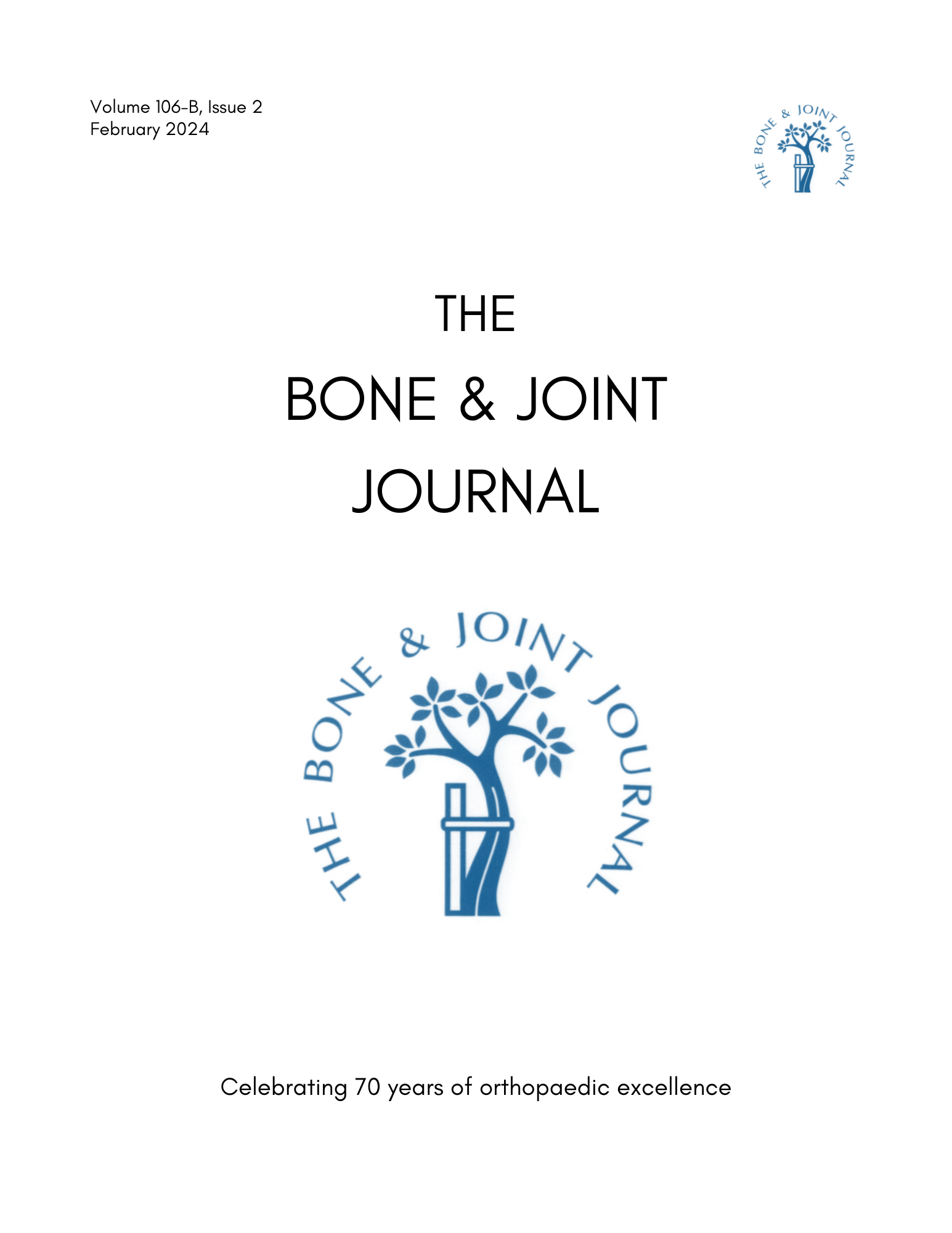
Similar wear rate and migration in mobile and fixed bearing TKR prostheses at 10 years

Similar wear rate and migration in mobile and fixed bearing TKR prostheses at 10 years
Differences in long-term fixation between mobile-bearing and fixed-bearing knee prostheses at ten to 12 years’ follow-up: A single-blinded randomised controlled radiostereometric trial
J Bone Joint Surg Br. 2012 Oct;94(10):1366-71OE EXCLUSIVE
Dr. B.G. Pijls discusses differences in long-term fixation between mobile-bearing and fixed-bearing knee prostheses at ten to 12 years.
Synopsis
33 patients (42 knees) with osteoarthritis or rheumatoid arthritis were randomized to receive a mobile bearing (MB) or a fixed bearing (FB) total knee replacement (TKR). Over 10 to 12 years, radiostereometric analysis (RSA) indicated that there was greater lateral translation, subsidence and posterior tilt in the FB prosthesis. However, there was greater internal rotation in the MB prosthesis. The...
To view the full content, login to your account,
or start your 30-day FREE Trial today.
FREE TRIAL
LOGIN
Forgot Password?
Explore some of our unlocked ACE Reports below!

Learn about our AI Driven
High Impact Search Feature
Our AI driven High Impact metric calculates the impact an article will have by considering both the publishing journal and the content of the article itself. Built using the latest advances in natural language processing, OE High Impact predicts an article’s future number of citations better than impact factor alone.
Continue



 LOGIN
LOGIN

Join the Conversation
Please Login or Join to leave comments.